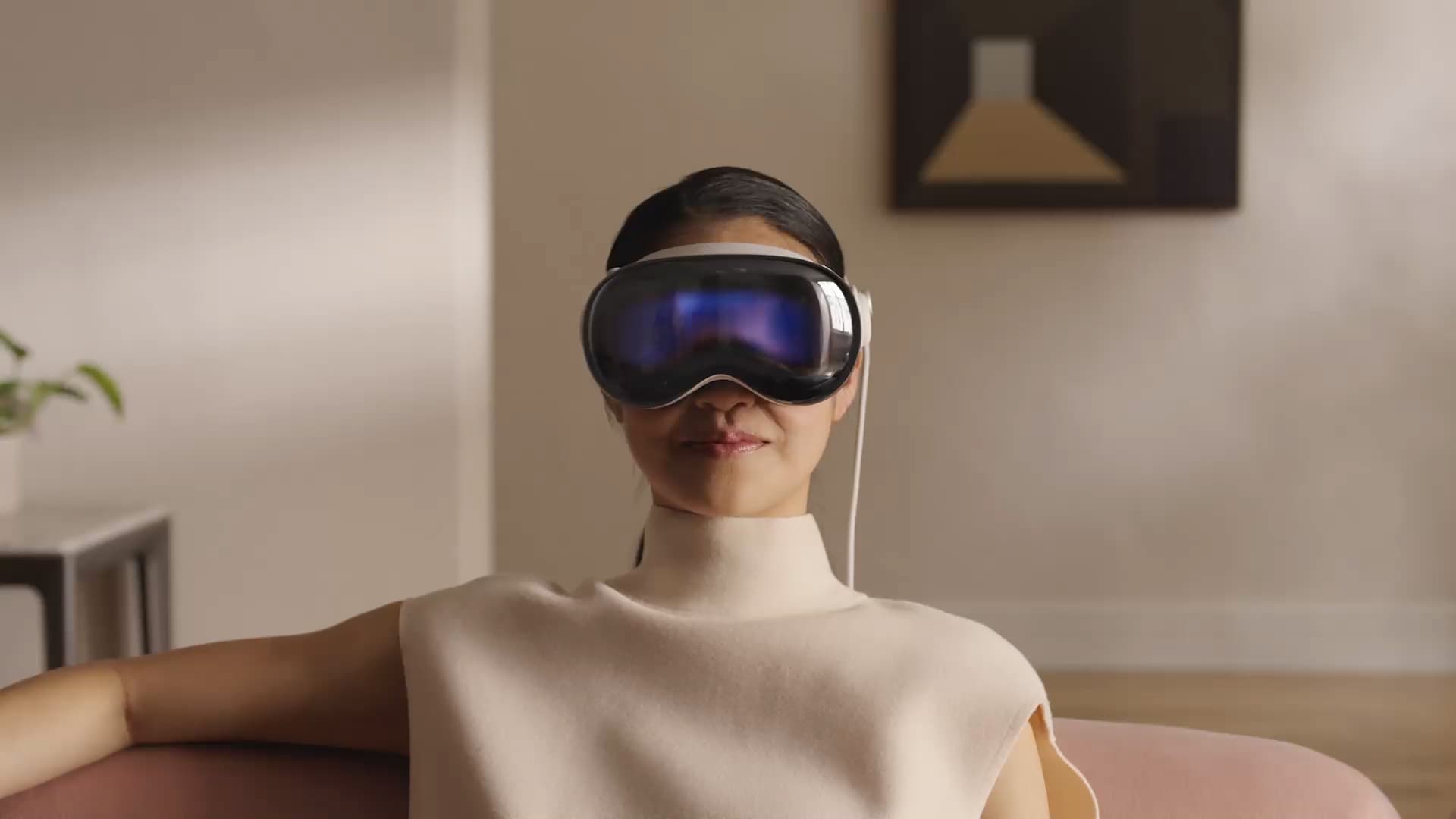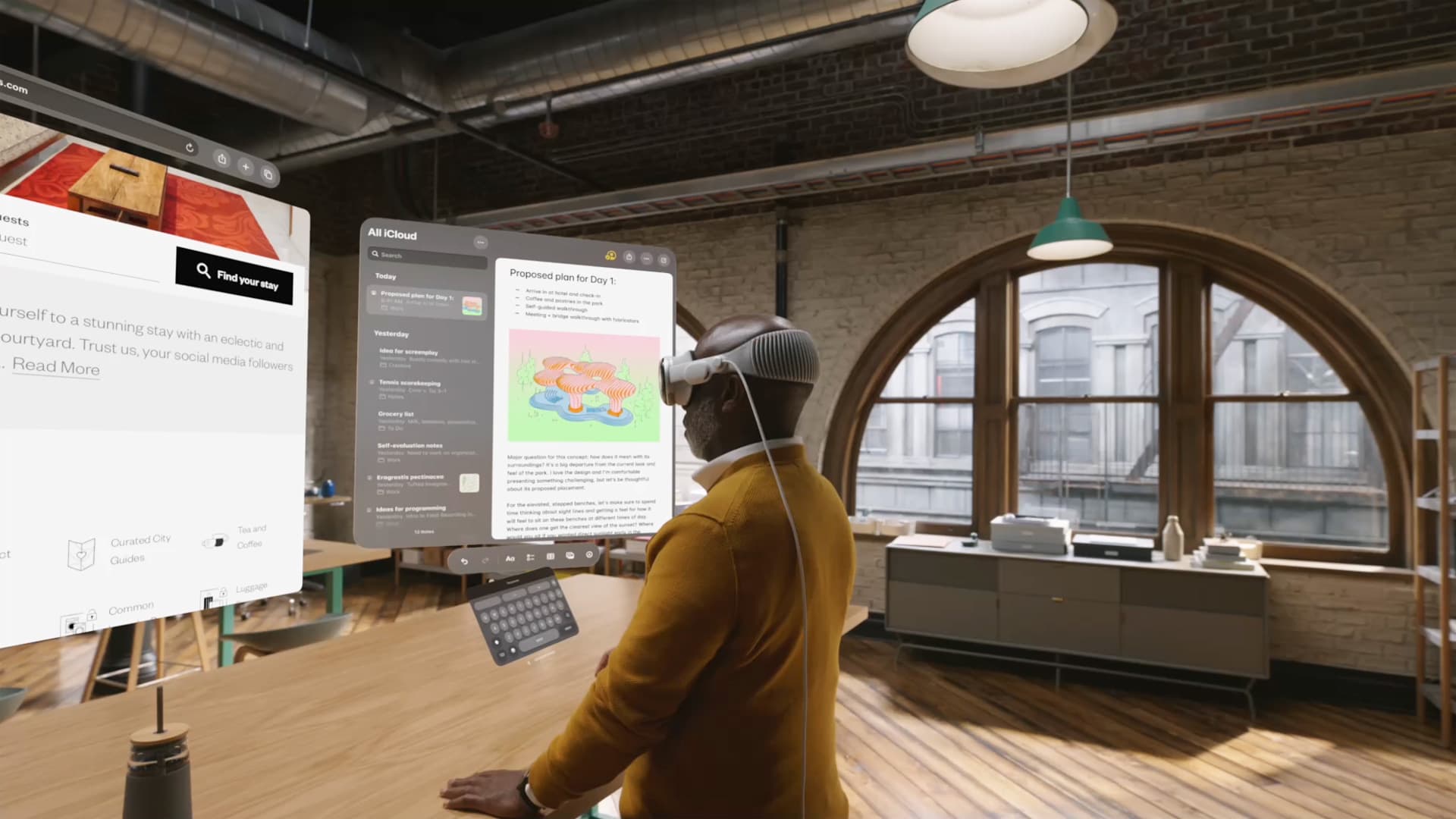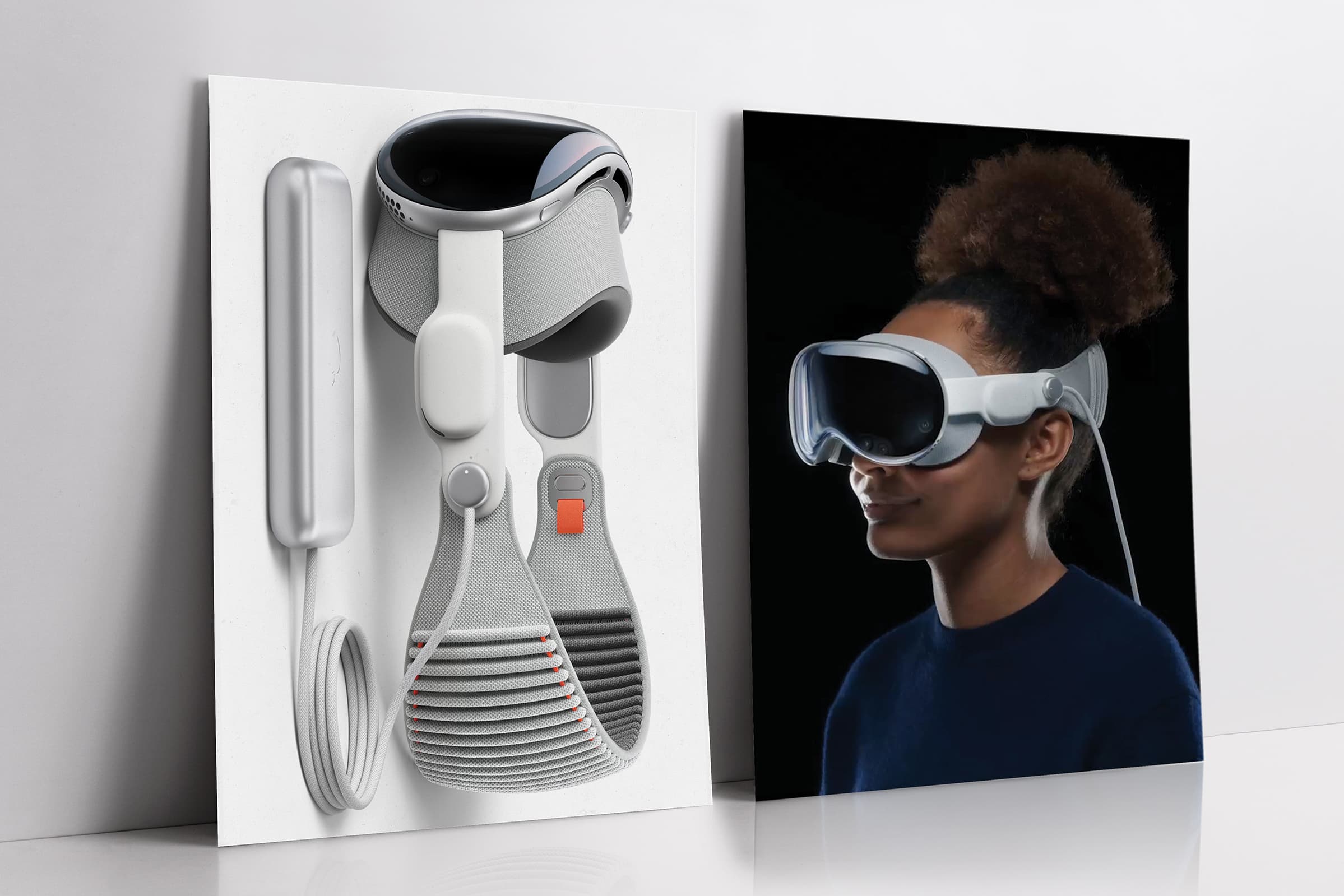A New Way of Seeing: Apple’s Vision Pro
By Neal Bhattacharya
On June 5th, Apple introduced the Vision Pro, a mixed-reality headset that has the potential to revolutionize the fashion world. The device is worn like a pair of ski-goggles that completely surround the head. Its interface projects onto (or erases) the room the wearer is in, dissolving the boundary between the digital and physical world.
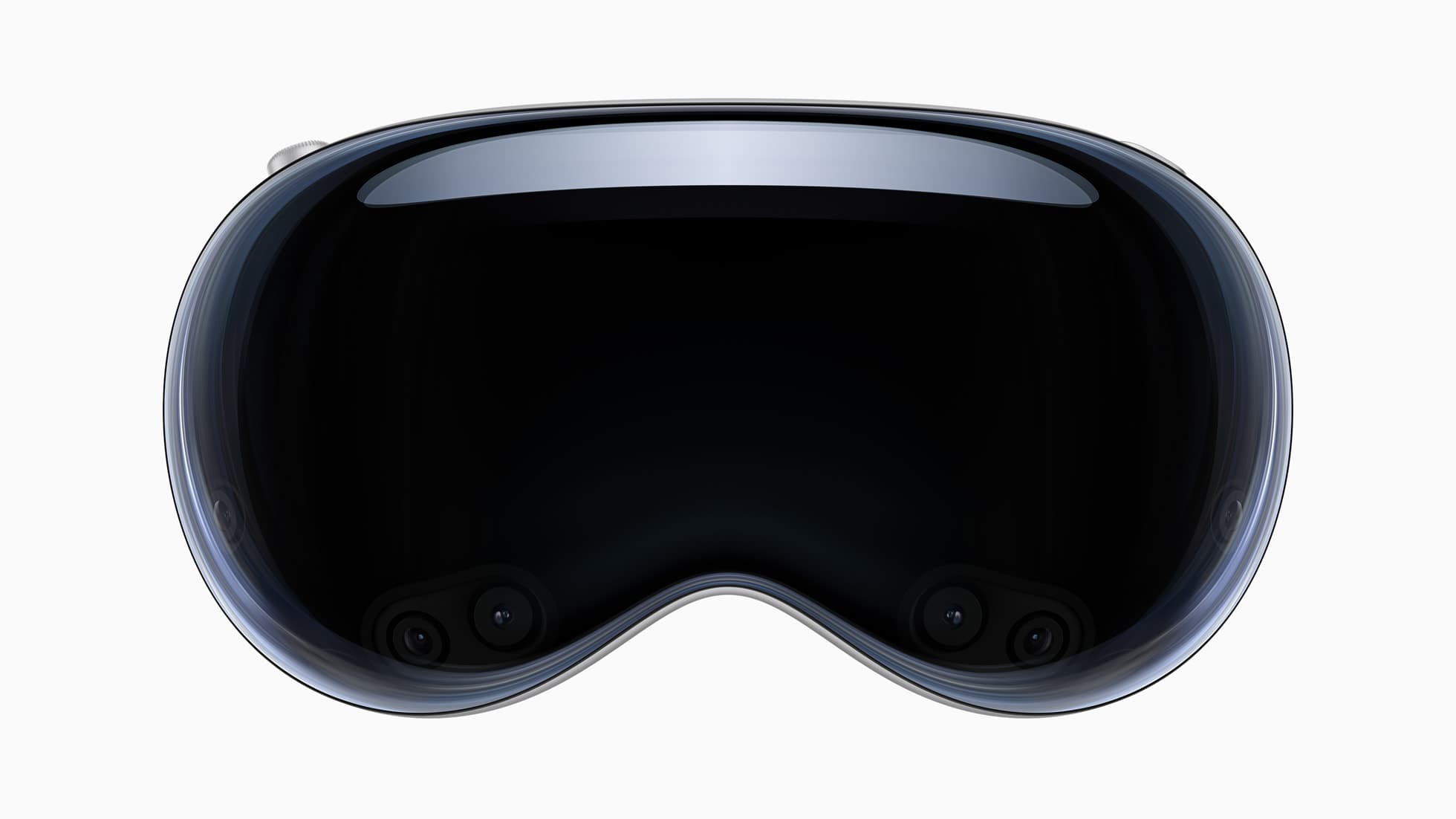
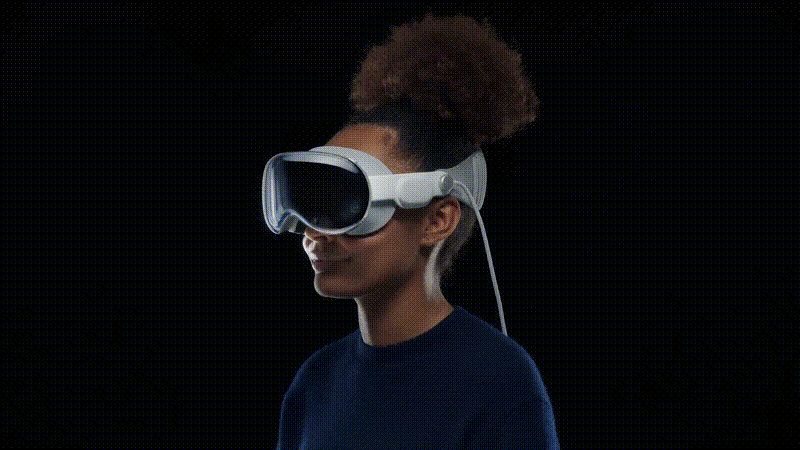
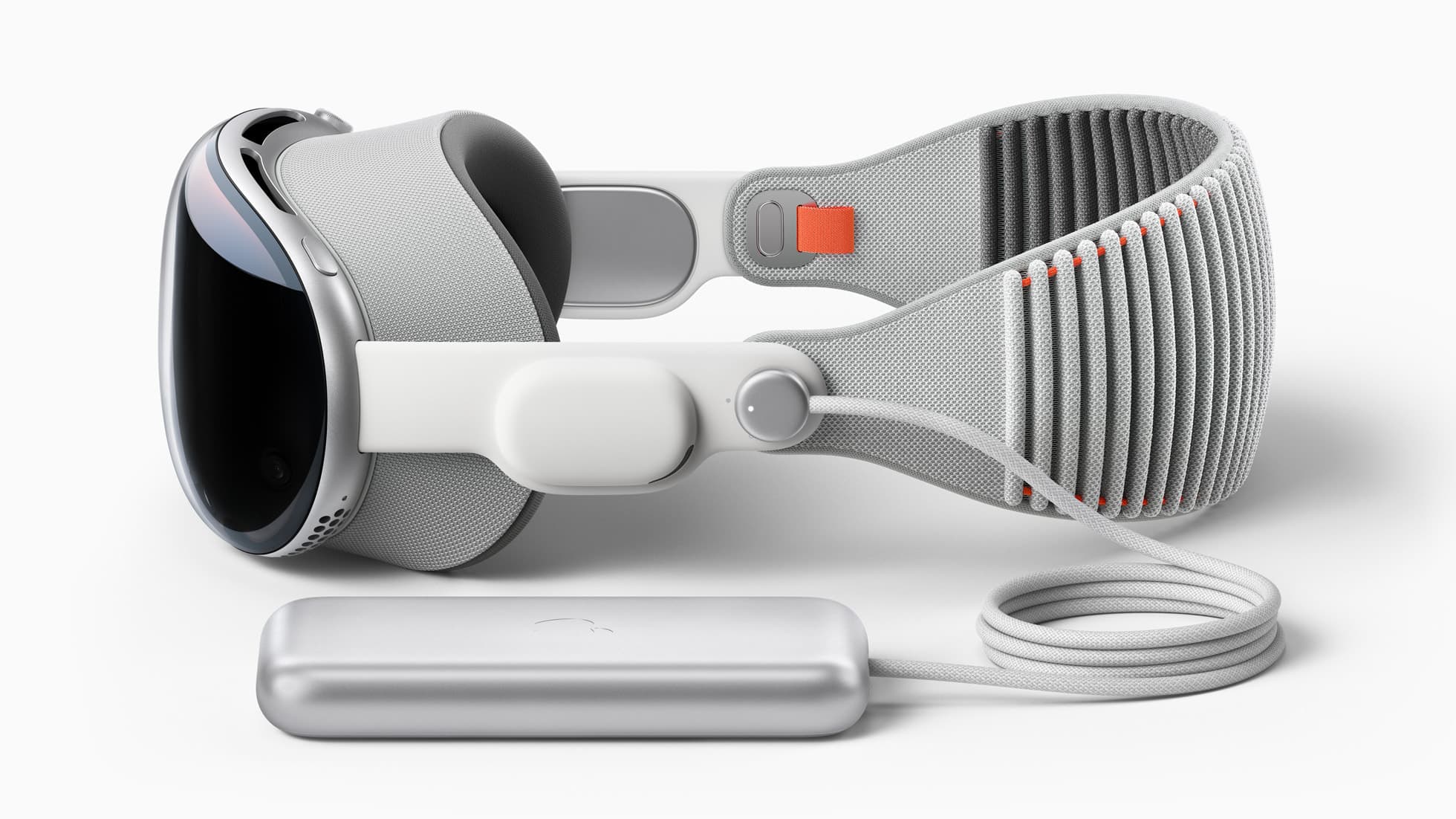
This might seem like another quixotic quest to get the public onboard with VR. Google Glass, after all, withered out, and Meta’s huge bet on the metaverse has yet to pay off. Still, this moment feels different. Google and Meta are better known for their software platforms than innovative product design. Apple, on the other hand, has made itself a reputation for aligning advances in hardware with quality user experience.
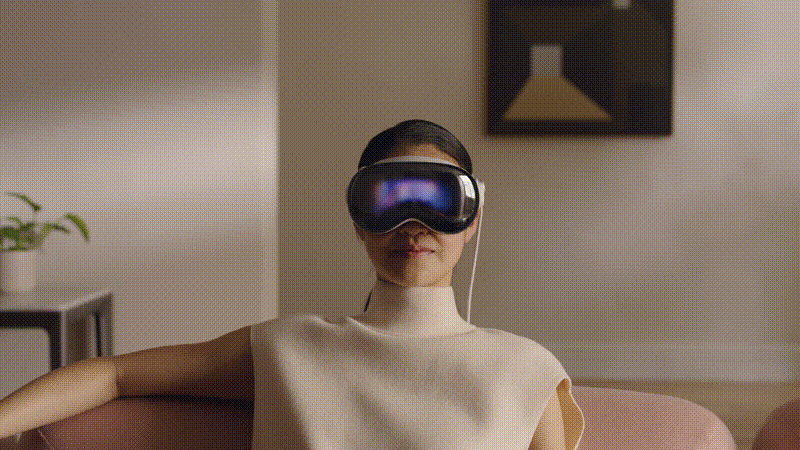
Ringing in at $3,499, Apple’s headset is unlikely to achieve market saturation any time soon after its debut next year. (A more affordable version is still in the works.) But the California-based juggernaut is adept at anticipating which technologies, like smart watches and wireless headphones, will eventually become mainstream. Fashion houses would be smart to plan for this seismic shift.
Although brands like Gucci have already used basic augmented reality to enhance the shopping experience – you can point your phone at the ground and, voilà, Gucci’s newest sneakers are on your feet – the Vision Pro unlocks a new field of opportunity. In some ways, the industry already has undertaken early experiments in this domain, most notably at the Metaverse Fashion Week which took place earlier this year. It’s well worth your time to read Angela Baidoo’s extensive write-up of the event in this magazine.

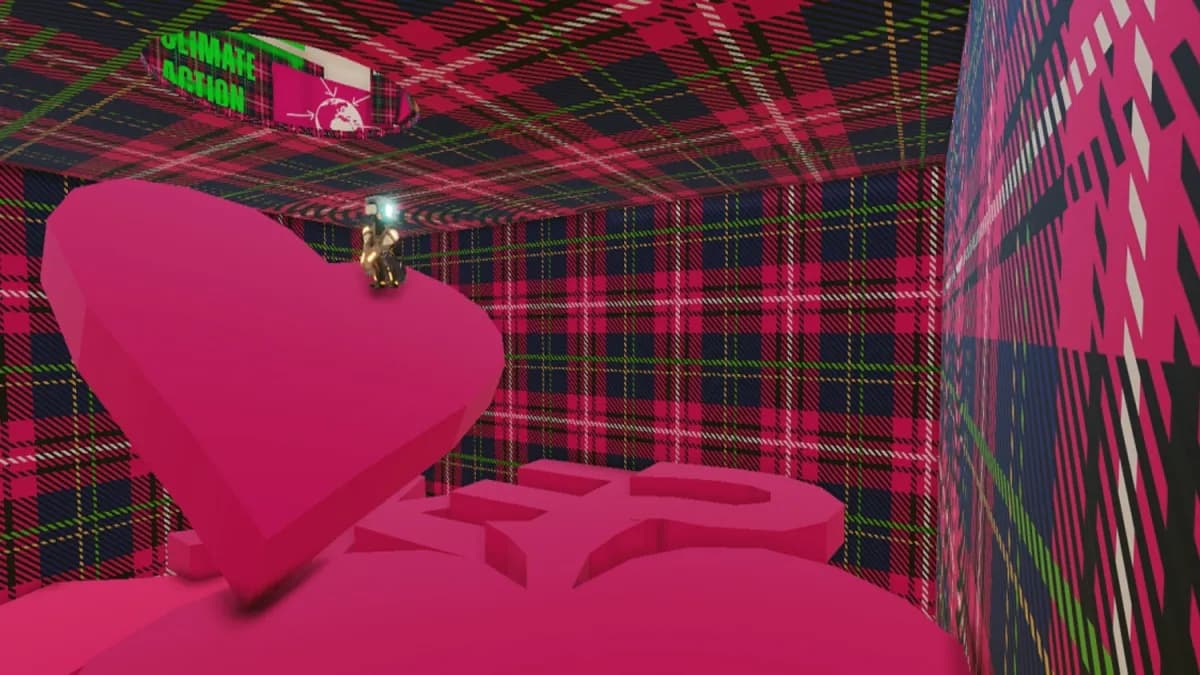
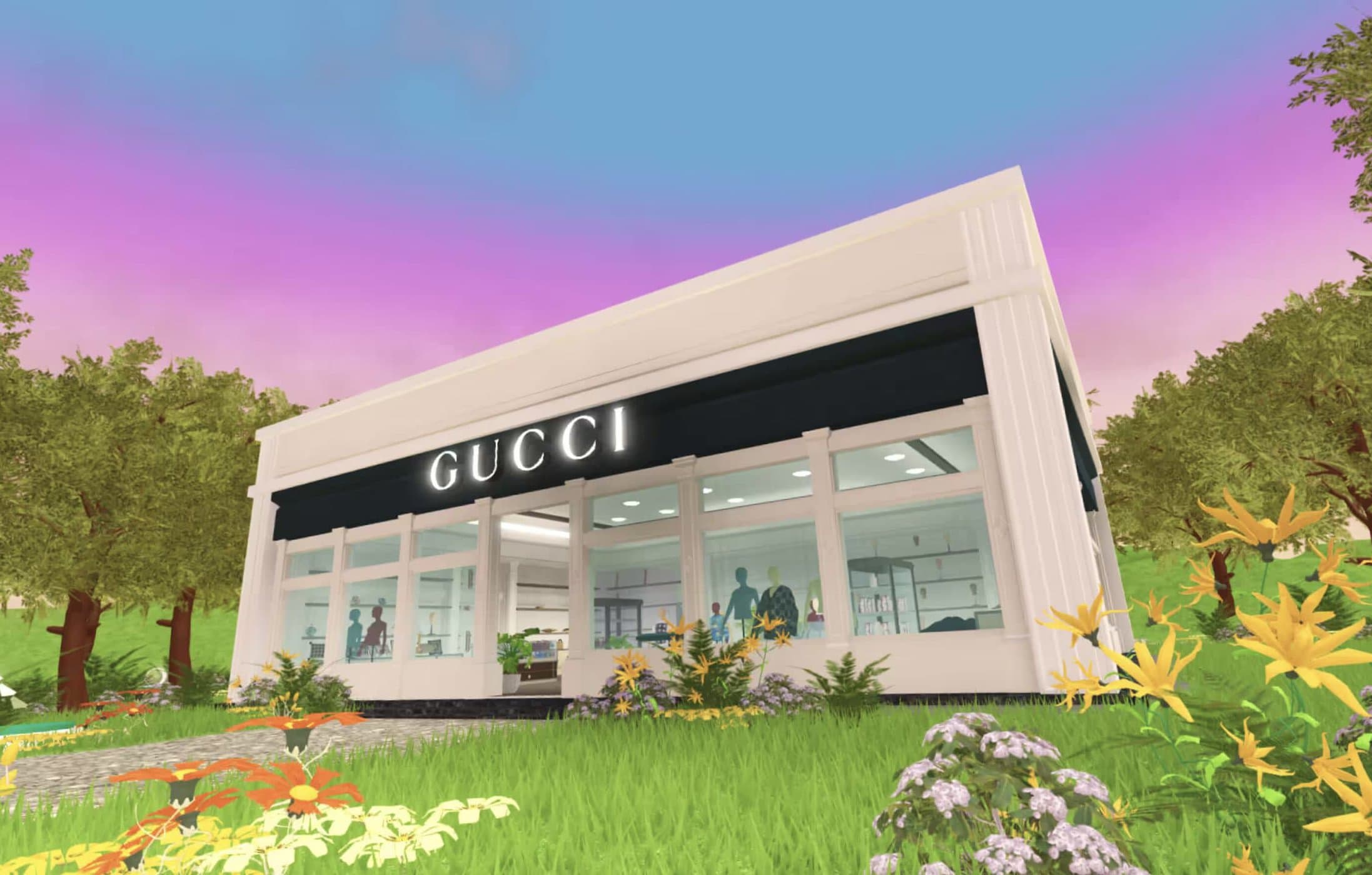
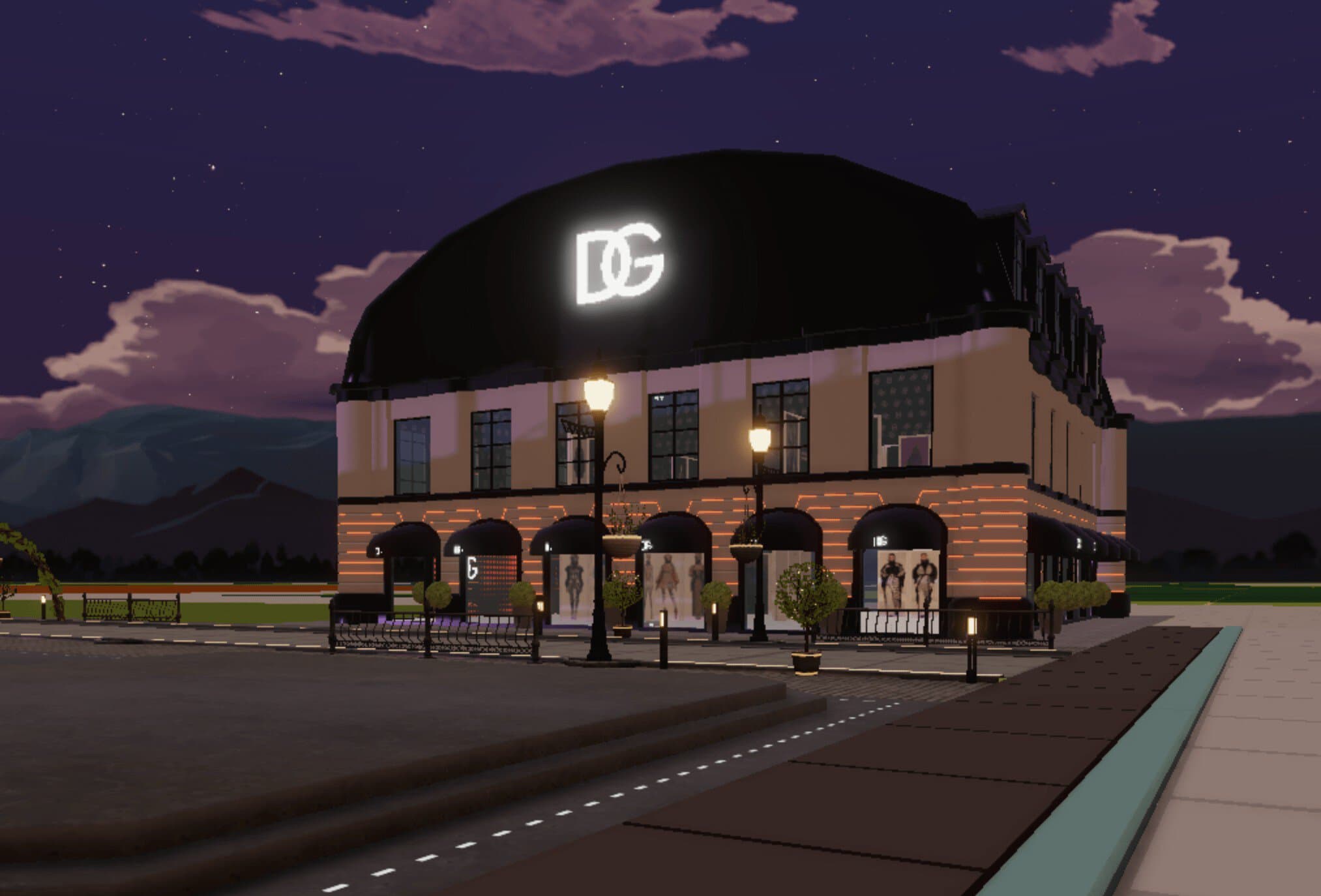
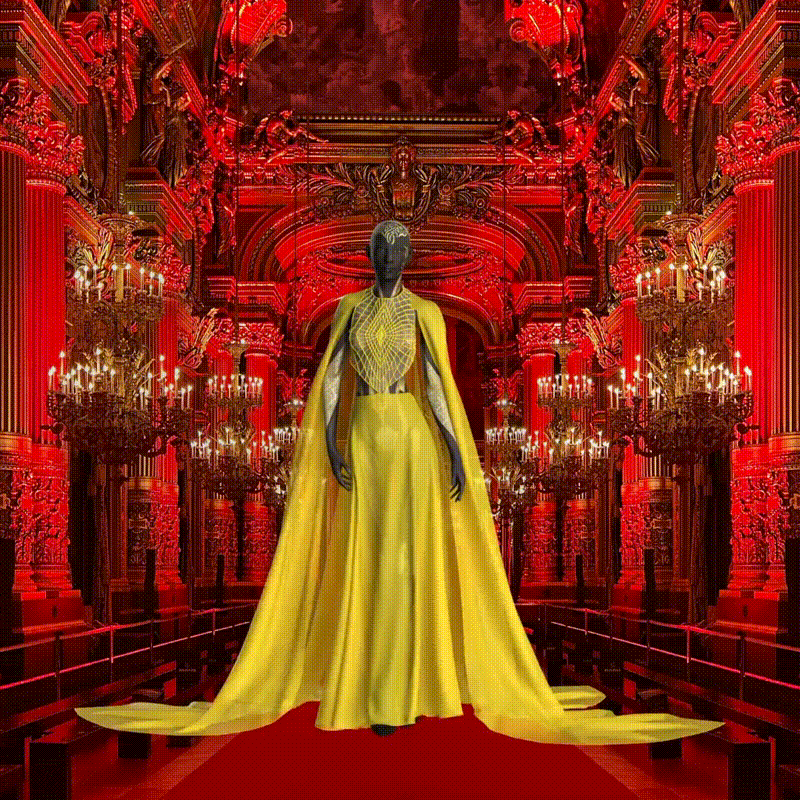
Designers can build on their experiments at Metaverse fashion week to fabricate immersive, wholly digital stores in which shoppers may virtually try things on or mix-and-match to their liking. The creative possibilities are limitless. After all, virtual reality need not obey physics. Brand DNA can be reflected in every pixel.
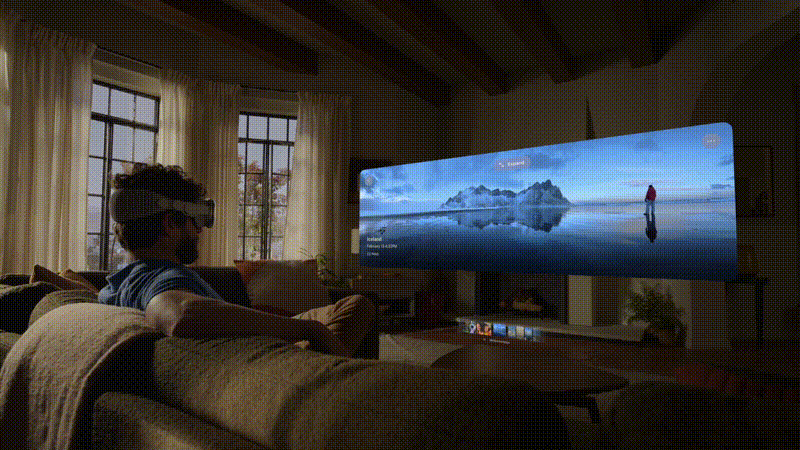
Gucci has again led the way: during the pandemic, when retail stores worldwide were shuttered, the house featured a virtual exhibit in Roblox, an online gaming platform. Users could “walk” through lush, Gucci-themed gardens and futuristic fashion displays. In a way, the house created a version of its IRL Gucci Garden, an exhibition space and museum in Florence.
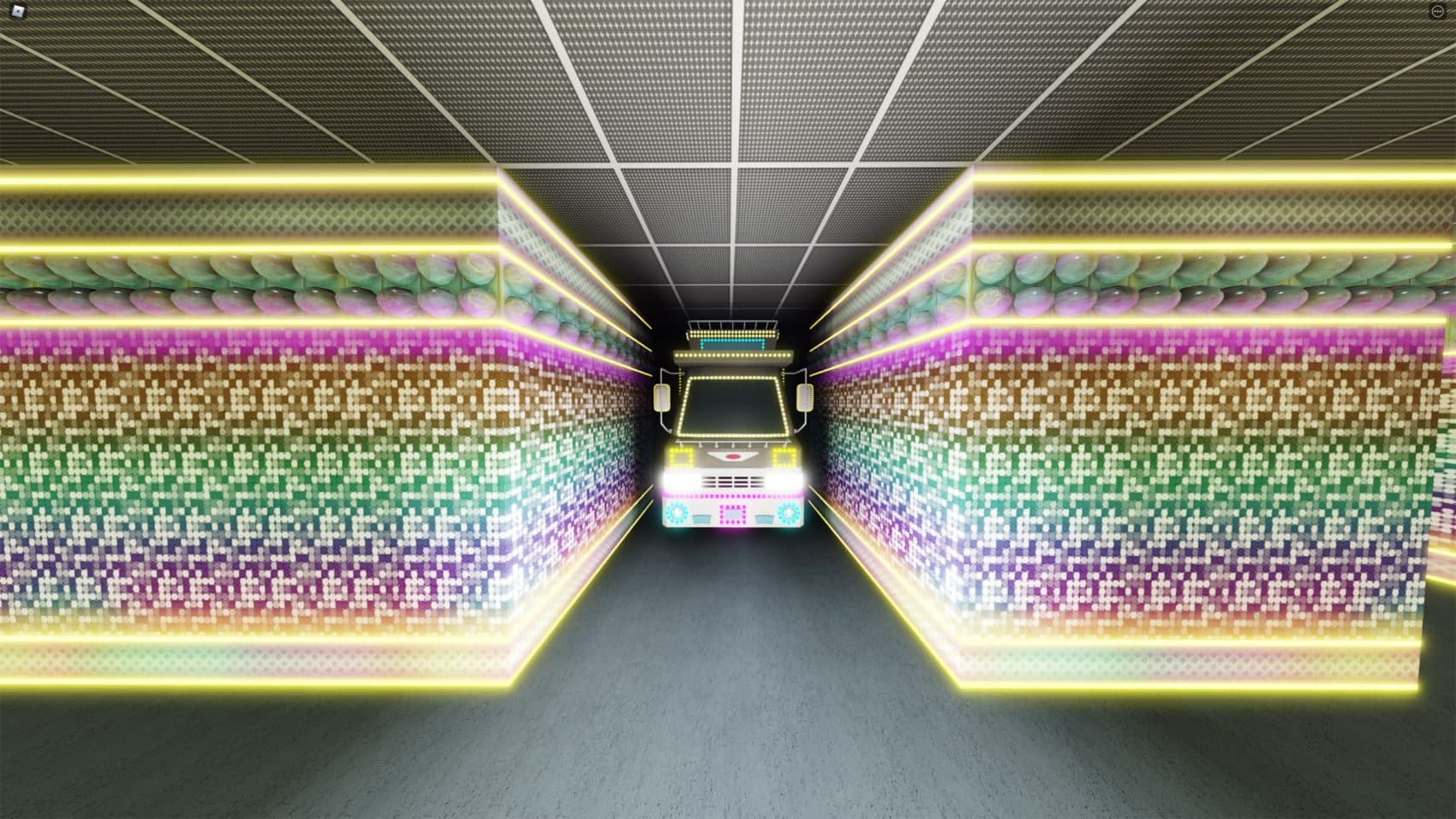
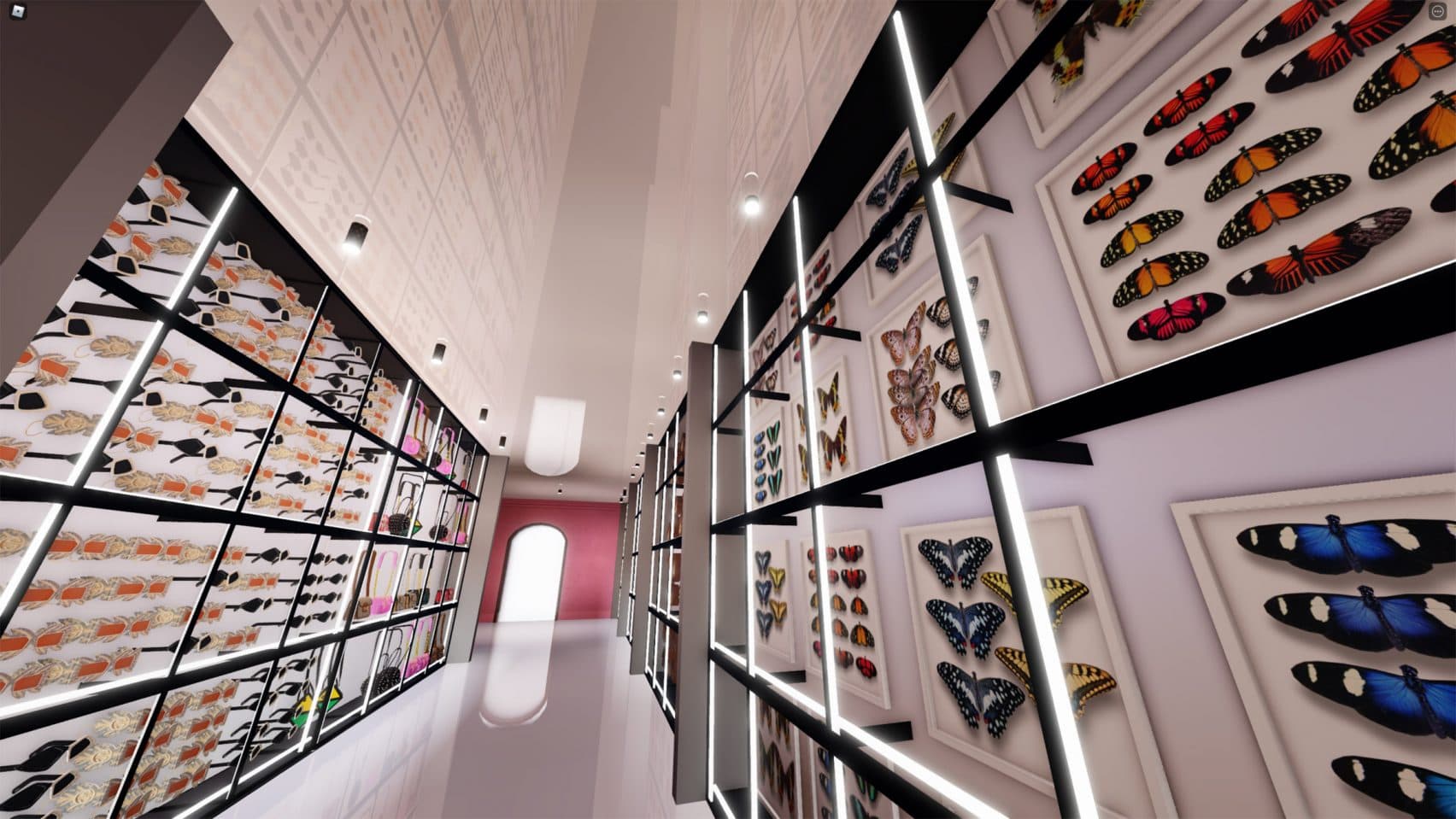
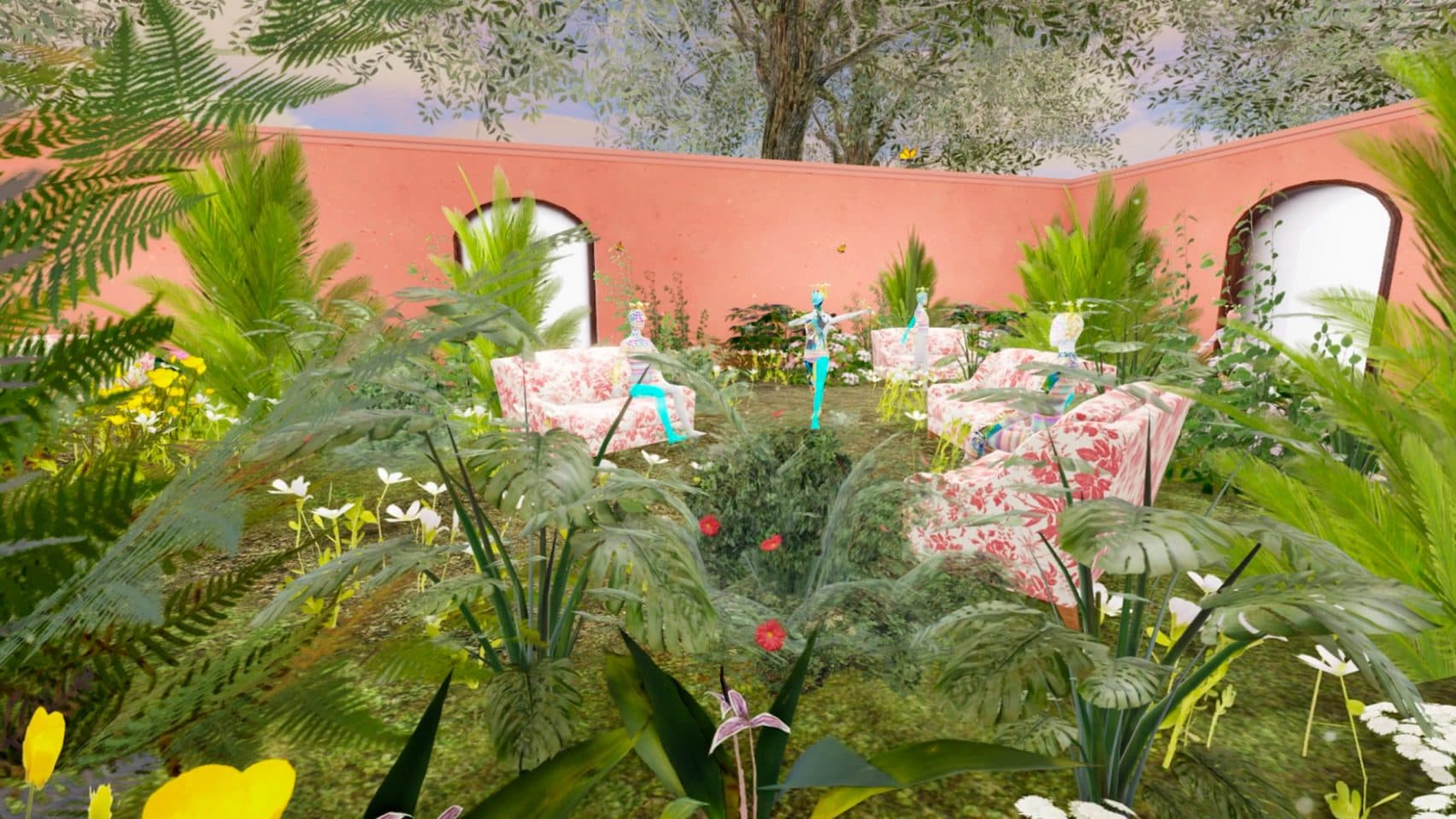
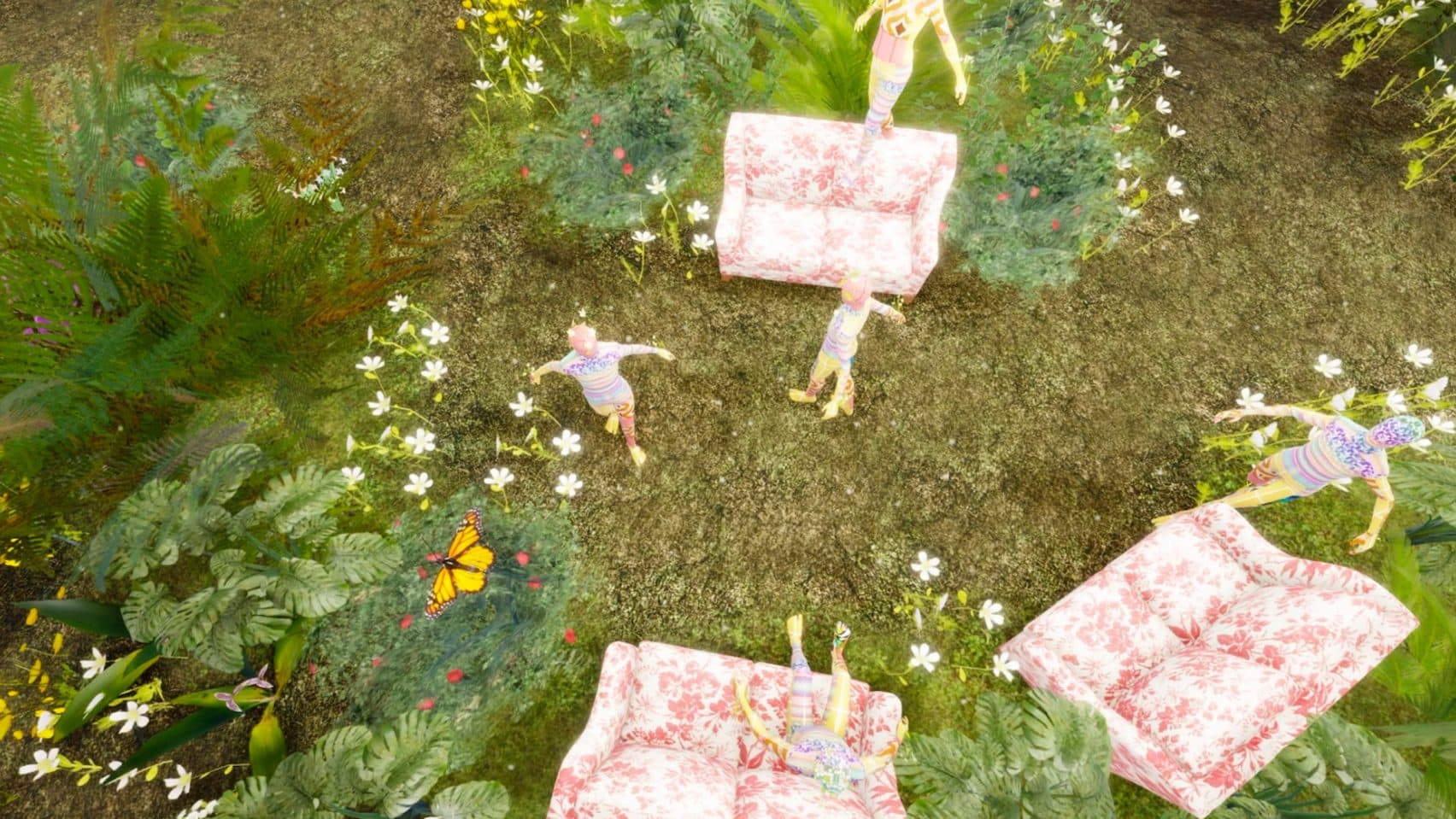
Such virtual exhibits are a way to teleport viewers to a curated aesthetic experience that until now houses could only achieve in-person. For consumers who can’t fly to Florence to visit the Garden, or to Milan, where Prada has its own exhibition space, VR is a way to access a brand’s full-scale design philosophy. That presents a novel way to host virtual events, collection debuts, and even runway shows of sorts—all while immersively strengthening brand image.
It remains to be seen if and when VR takes hold in the public consciousness. But houses should be on alert. This new way of seeing may soon be everywhere.
